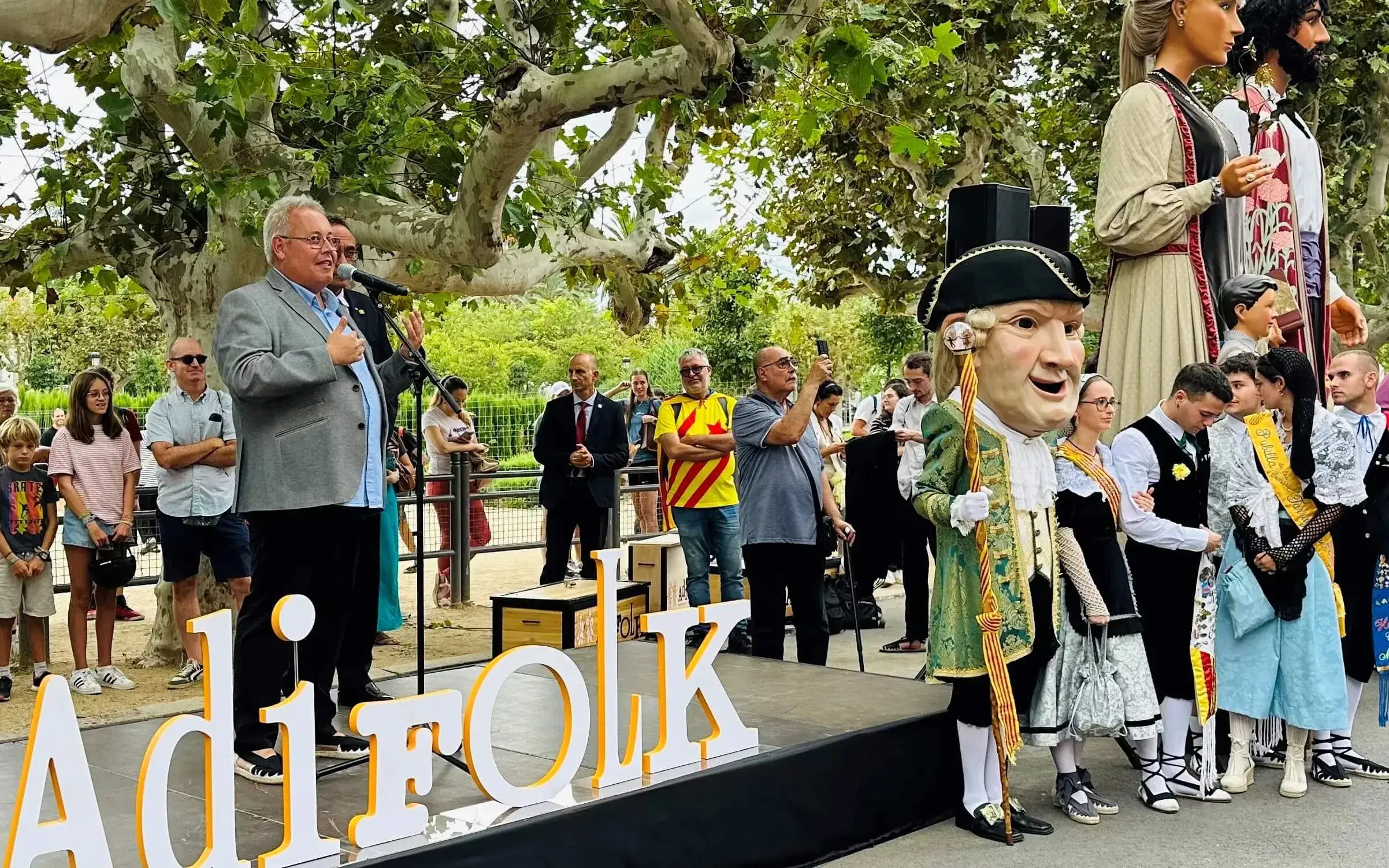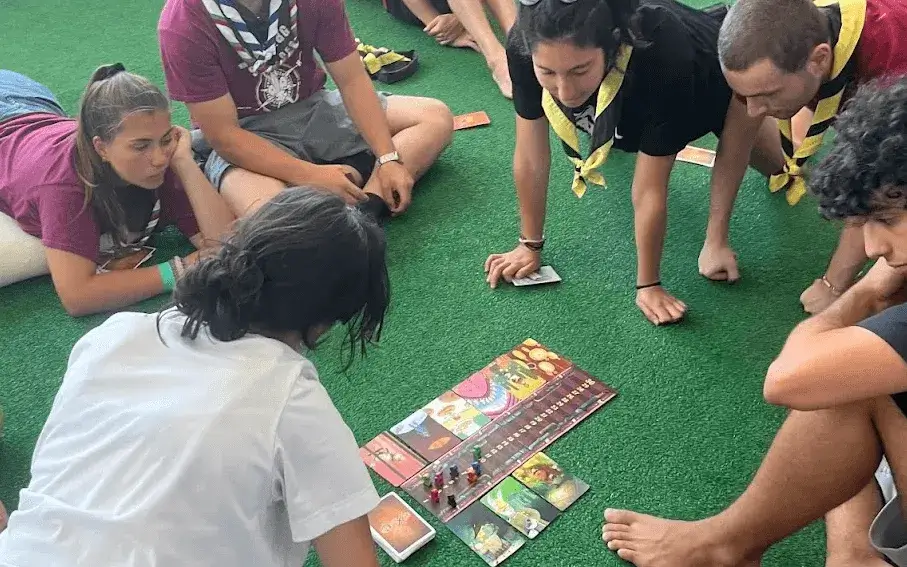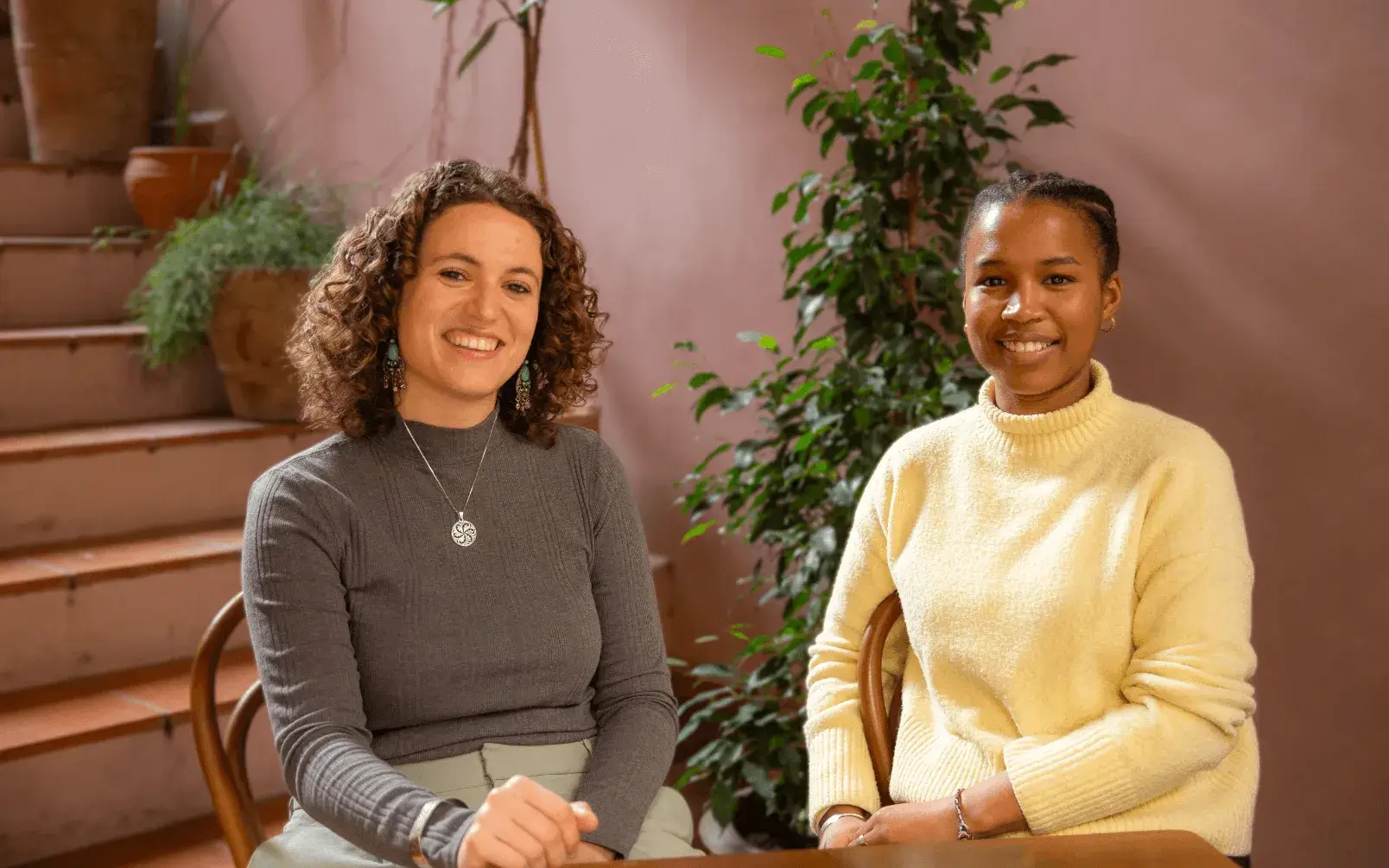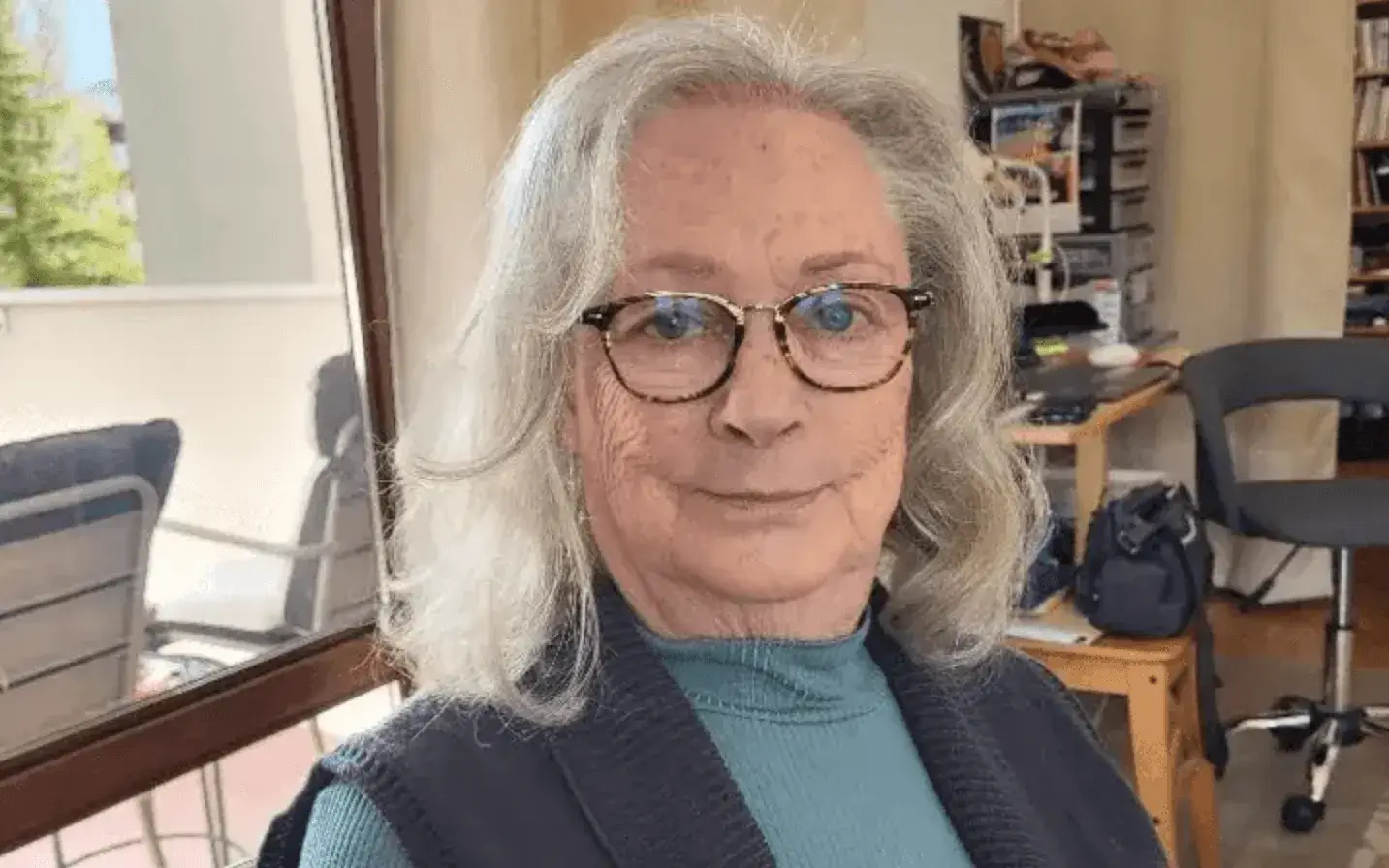Ivan Besora: "There are countries that go to see the festival, others that celebrate the culture"
Catalonia has groups of esbart (traditional dance groups), diables (fire-running devils), gitanes (a type of folk dance), sardanes (a traditional Catalan circle dance), gegants (giant figures)...... With Adifolk, the entities showcase Catalan culture around the world.
Catalan culture is sometimes so original that it may seem strange, but it is very rich and diverse. After the prohibitions of Francoism, the Catalan cultural associative fabric exploded, grew and organized into hundreds of entities that fill the national territory and, also, the international one.
Adifolk is part of this complex associative fabric and focuses efforts on making Catalan culture known around the world. Ivan Besora, a Catalan cultural activist who has also been president of the Agrupació de Colles Geganteres, has presided over the organization since 2018.
What is Adifolk's task?
Making our culture international is one of the pillars of Adifolk, the other side is that of bringing other cultures to Catalonia. When the organization was born, it already created exchange proposals with other countries, that's when what is now the International Sardana Gathering was promoted to make Catalonia known with our dance.
We have achieved this thanks to uninterrupted work since 1988, traveling to a city every year. At first we organized ourselves with the Catalan casals, currently we have a collaboration with the Department of Foreign Affairs, which opens the doors of government delegations around the world for us. It is the delegations that show interest, just like some countries, and we are going there.
So is there strong institutional support?
Yes, a lot. We have always had the support of the Department of Culture of the Generalitat de Catalunya, currently we also have the support of the Foreign Affairs. Not only financially, but also in terms of structures. This recognition is very important, they help us with the protocol, the procedures, etc.
When you look at the subsidy resolutions, which is the easiest, you see that they have always been with us.
How was it decided, in 1986, to bring the sardana to Amsterdam?
At that time, there was a very strong feeling to export our traditions and the sardana is our national dance. That is why it was chosen. After a few years, it evolved very quickly, the show of folk groups already appeared.
Not only is there room for popular culture, our gastronomy and popular games are also part of our culture... In the end, the gathering is a sample of the Catalan reality.
How do you manage to move hundreds of people who have to finance their trip?
We work with twenty national federations, which support and disseminate the event. In the institutional sphere there are also subsidies from Culture and Foreign Affairs, in order to make it viable for members to be able to carry out this cultural dissemination, otherwise it would be impossible.
The registration period opens and once the deadline for submitting proposals has ended, a selection must be made. We have to think about the capacity of the city where it takes place, but also the diversity of performances and proposals. Generally, we move about 25 or 30 groups, think that this year we reached a hundred applications.
"The pyrotechnics were from Hollywood, they didn't just go out and the ground was a brazier."
Do you notice that they look at the organizations with curiosity or as something exotic?
At the first meeting they always ask us if there will be castles and fire. We always open the calls for everything, but there are years when there are and others when there aren't. This year there will be no castles, for example. It coincides with key dates for the organizations' internal calendar and there are none.
It is also important to note that we don't always bring large groups. In Slovakia, the Castellers de Mediona were the kings of the country. A sepulchral silence in the middle of an avenue where not even a needle could fit. They hadn't even gone up a floor and people were already excited, no one moved in an hour. There are countries that go to see the festival, others that celebrate culture.
And with fire?
There are countries that understand it more or less, but they have never had a correfoc. They have always been displays of fire, figures, in a delimited space. There are countries closer and further away. The fire walk that took place in Manchester... Every five meters there was a firefighter with an extinguisher.
Last year, for example, we had to order pyrotechnics without thunder. In the United States we had to buy the nozzles there, and we had a lot of problems because the forks melted at the beginning. The pyrotechnics were Hollywood, they didn't just go out and the floor was a brazier. The previous work was very intense.
Does our culture create curiosity?
Every country is different, in Romania there were people who didn't move for hours. In other countries, parties and alcohol are a priority... When we did it in Washington it was brutal, lots of people, and curiously very interested. They asked a lot of questions to get to the bottom of it all.
Why do the gralles (Catalan shawm) play when they go up the stairs? How do you avoid getting burned? We gave a lot of talks and conferences, and we were also asked. We did a lot of outreach, from castells and correfocs (fireworks) to traditions like Tió. There were a lot of anthropologists constantly pointing. Each country has its own curiosity.
Do you have people who have seen Catalan culture around the world come back?
For example, one of the anthropologists who didn't miss a single talk in Washington came to Catalonia because she wanted to complete what she had learned there. She was in Girona and moved around to learn about what we had brought to her home.
It's not just about gathering, it's about the impact and making our reality known. And here in Europe, too. The contact that remains or the exchanges that are carried out with groups of people from Catalonia.







Add new comment